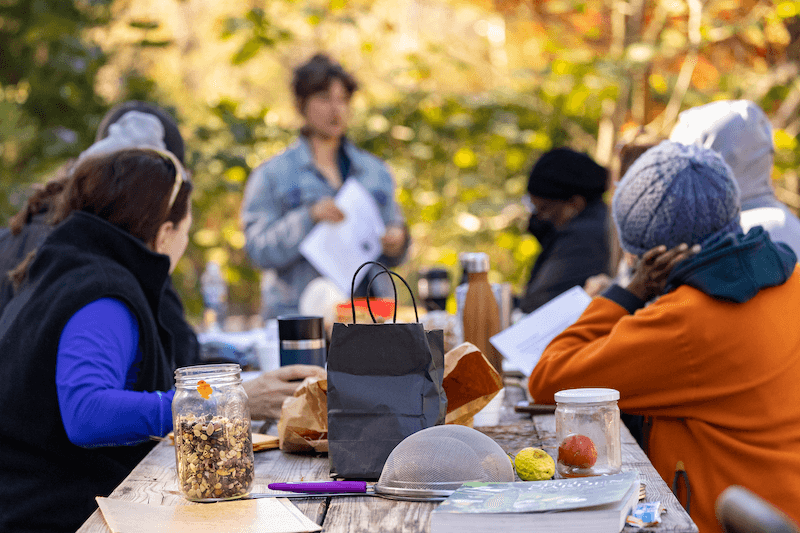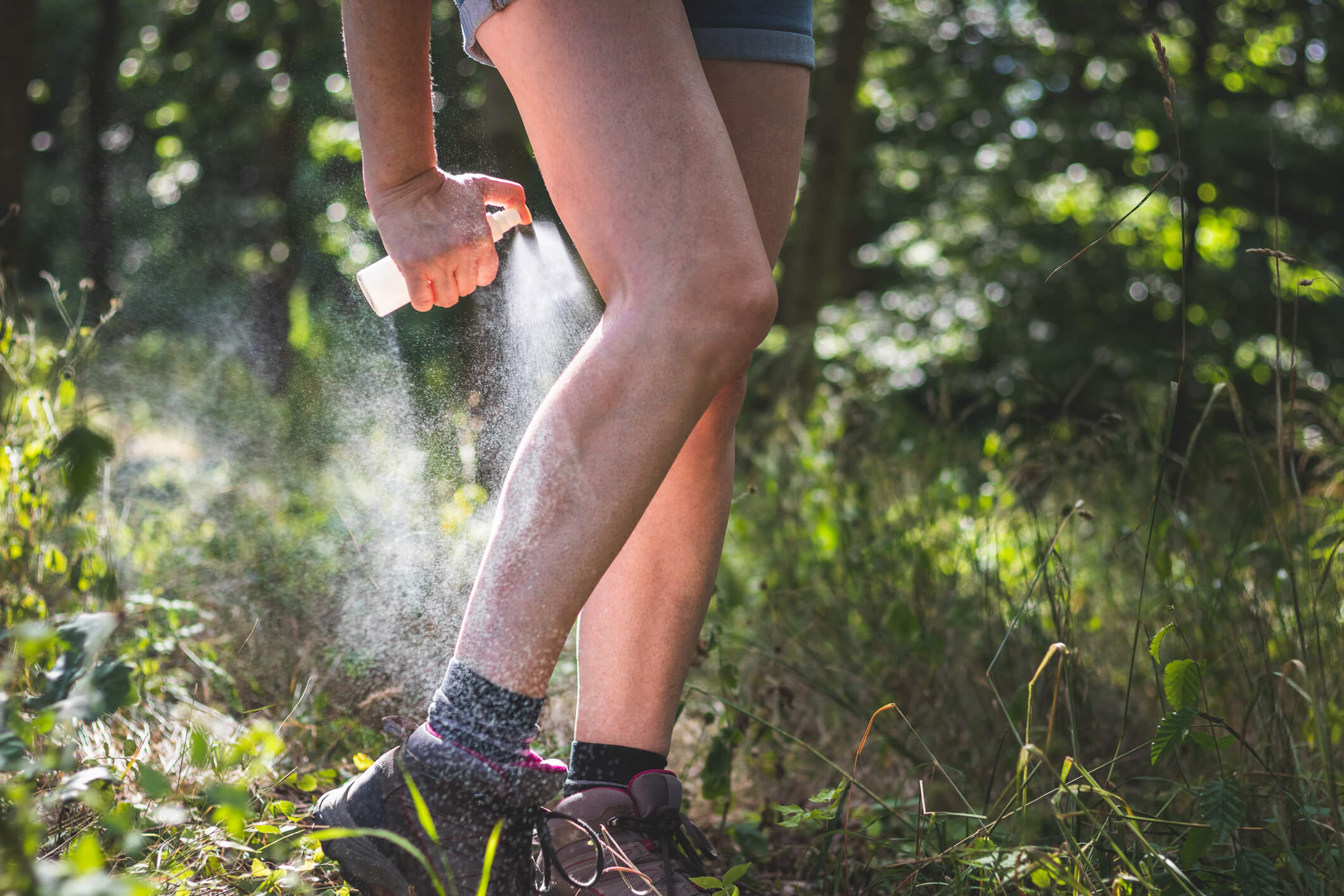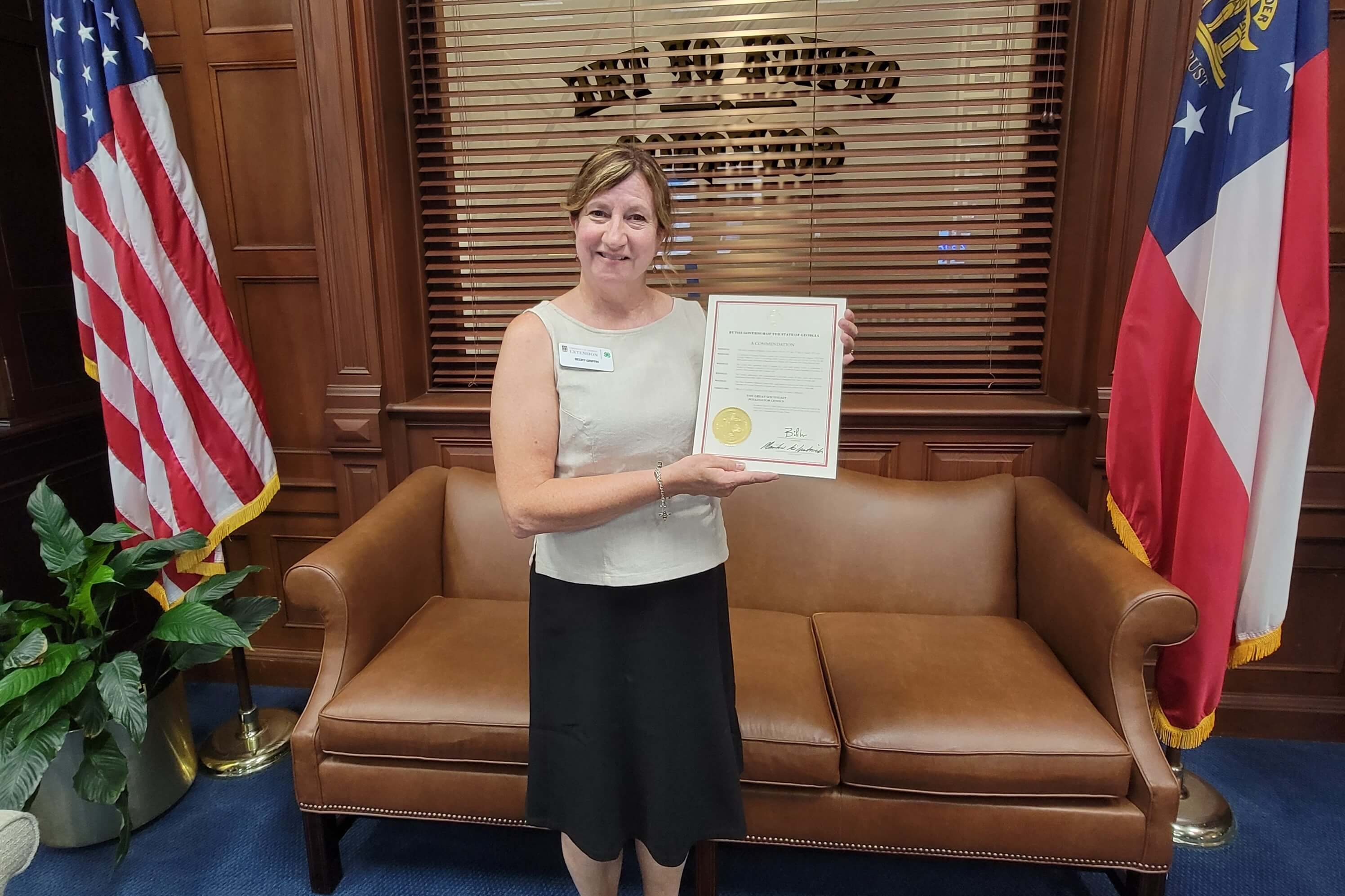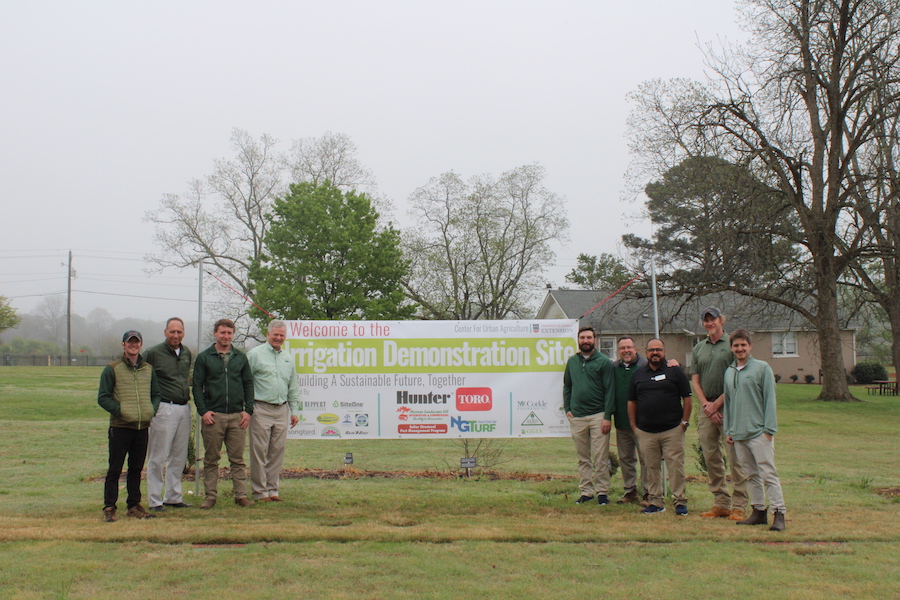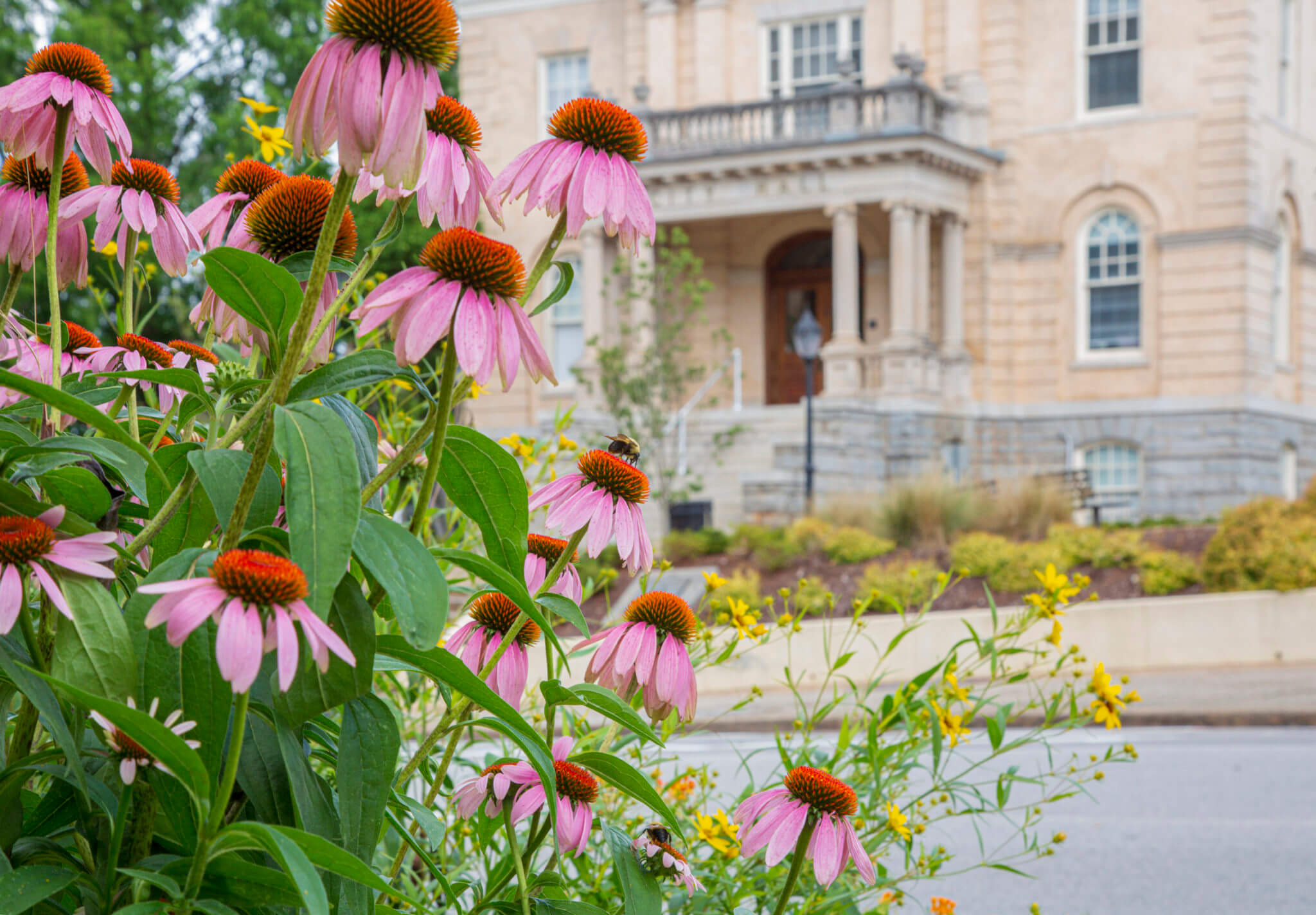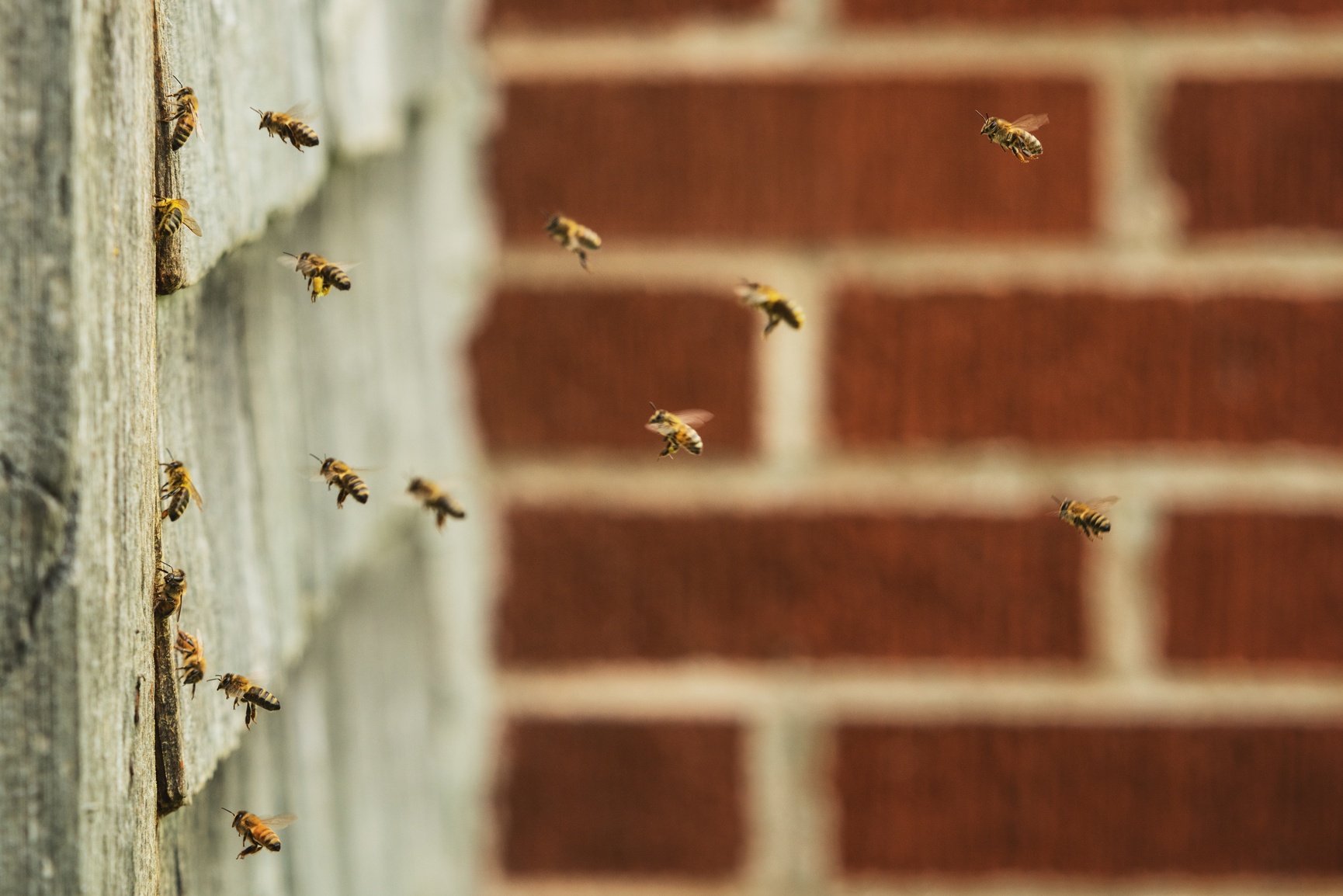Trees and large shrubs need time to establish their root systems before the heat of summer begins, so if you plan on planting trees this year, University of Georgia Cooperative Extension horticulturalists encourage residents to start digging.
It’s time to get those trees in the ground, said Extension State Master Garden Coordinator Sheri Dorn, a consumer ornamental specialist. Planting trees is even more urgent for those living in south Georgia, where spring temperatures frequently heat up quickly.
“This really doesn’t give spring-planted trees much time to establish and take root in the soil before being stressed by weather that can be hot and dry. So, we want to plant early if we’re planting in the spring,” Dorn said.
The best time to plant is typically in the fall, when the soil is warmer and daytime temperatures are moderate, but trees and shrubs can be planted almost any time of the year if the gardener is a persistent waterer and caretaker. The new plants just have an easier time if they can get established without much drought or heat stress.
Here are a few tips that will help Georgians maximize tree-planting season.
Pick a good tree
Most trees sold commercially for planting will be either bare root, containerized and/or balled and burlapped. Bare-root trees will be available in late winter, while containerized trees are available year-round. Balled and burlapped trees are usually available in late fall to early spring.
All of these are good options with preexisting root systems because they can latch onto the new soil around them more easily. Research the size and characteristics you want your trees to have before you purchase. UGA Extension offers a guide for trees that flourish in Georgia’s climate, “Landscape Plants for Georgia,” that lists best options for different areas.
“There are so many wonderful, underutilized, small trees that homeowners can choose for their yard if they want the height and the vertical appeal of a tree, but they don’t have space for a large tree,” Dorn said. “Doing a little research and finding out more about the right tree for your landscape will help the tree thrive.”
Trees like Japanese maples, dogwoods and redbuds are all popular choices in Georgia, but they are not always cared for correctly. Many are planted in direct sunlight, when in fact they are understory plants that need a little reprieve from the sun. Planting shade-loving plants in full sun can stress the plant and lead to disease and insect issues later on. Always look up the attributes of every tree you plant.
The hole
According to the Arbor Day Foundation, the proper hole size depends on the root type — there is no firmly set standard. Many people dig a deeper hole than is necessary.
Bare roots
You’ll want to dig a hole a little wider than you think so unkempt roots can grow outwards. You want the rootball or root tops to be at or just above the surface of the surrounding soil for any kind of roots.
Containerized trees
Try to dig a hole that is about three- to four-times wider than the root container. It is necessary that the hole have sides sloping inwards like a bowl for the best root growth.
Balled and Burlapped
This hole should also be bowl-shaped, with a diameter that is two to three times wider than the root ball and about as deep as the entire root ball.
Once your tree is planted and watered, make sure that the top of the root ball does not sink below the ground. If the crown is belowground, your hole is too deep. Use additional soil under the root ball to raise the crown level with the rest of the ground. Spread some pine straw or mulch over the planting area (to within an inch of the trunk) to cool the soil and protect the trunk and root system.
Drainage is also an important factor. Dorn suggests that if your hole holds water for more than 24 hours, you should find another place to plant or find a water-loving tree. Stagnant or soggy soil could be the death of your landscape dreams.
Time to water
Persistence is key. Most people are great about watering their plants right after they plant them, but that isn’t enough. A healthy root system needs regular management to establish itself. New trees usually take around three years to fully establish, and they are quite vulnerable in the first year.
As a rule, landscape plants require an inch of water a week, whether from rain or watering. Trees from containers need a more frequent watering schedule of several times a week, while a balled root system may only need watering once a week.
No irrigation system is no problem. Dorn recommends setting the hose on a trickle and placing it over the new rootball for about 30 minutes once or twice a week. That should provide the perfect amount of water for a new root system.
For more information about how to plant specific tree types, see UGA Extension Circular 989, “Tree Planting Details.”


